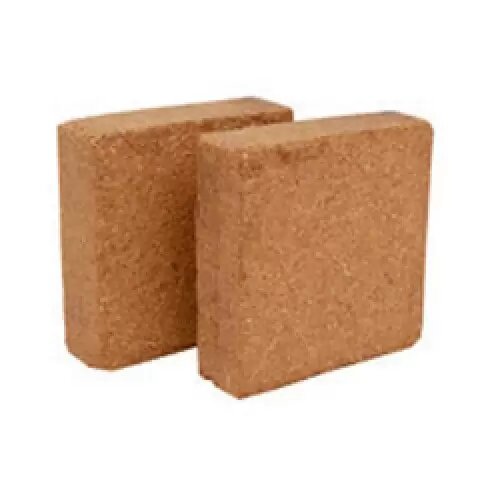
Referring to cosmos as “old-time” flowers is apropos. Native to Mexico, cosmos plants were brought back to Madrid in great abundance by 16th Century Spanish explorers. The wife of the English ambassador to Spain collected cosmos seeds and returned to England with them in the late 1700’s. Fifty years later, cosmos made its way over the pond and into the gardens of the United States.
Spanish priests cultivated cosmos plants in their mission gardens and were so taken with the evenly placed petals they christened the flower “Cosmos,” the Greek word for ‘ordered universe of harmony.’ In the chaos of modern life, you too can have a little harmony and order in the garden by planting cosmos plants.

India is a land of diversity and multitudes of resources. This country has a lot to give whether in the cultural front, or economic sector, it disappoints none. One of the most prominent organic fibers these days are coir fiber derived from the coconut husks. India is also the third largest producer of coconut on the global market, according to the Food and Agriculture Organization of the United Nations. No doubt that India produces high quality coir fiber and adds to the benefit of this sector. The tropical climate favors the growth of this tree and hence to the production of coir fiber. This fiber has loads of advantages and innumerous number of products can be extracted from this indigenous component. With the advent of mankind, man has understood the valor of the coconut tree which offers all its composites to good use. The ‘Kalpavriksha’ is cultivated in several parts of the country,